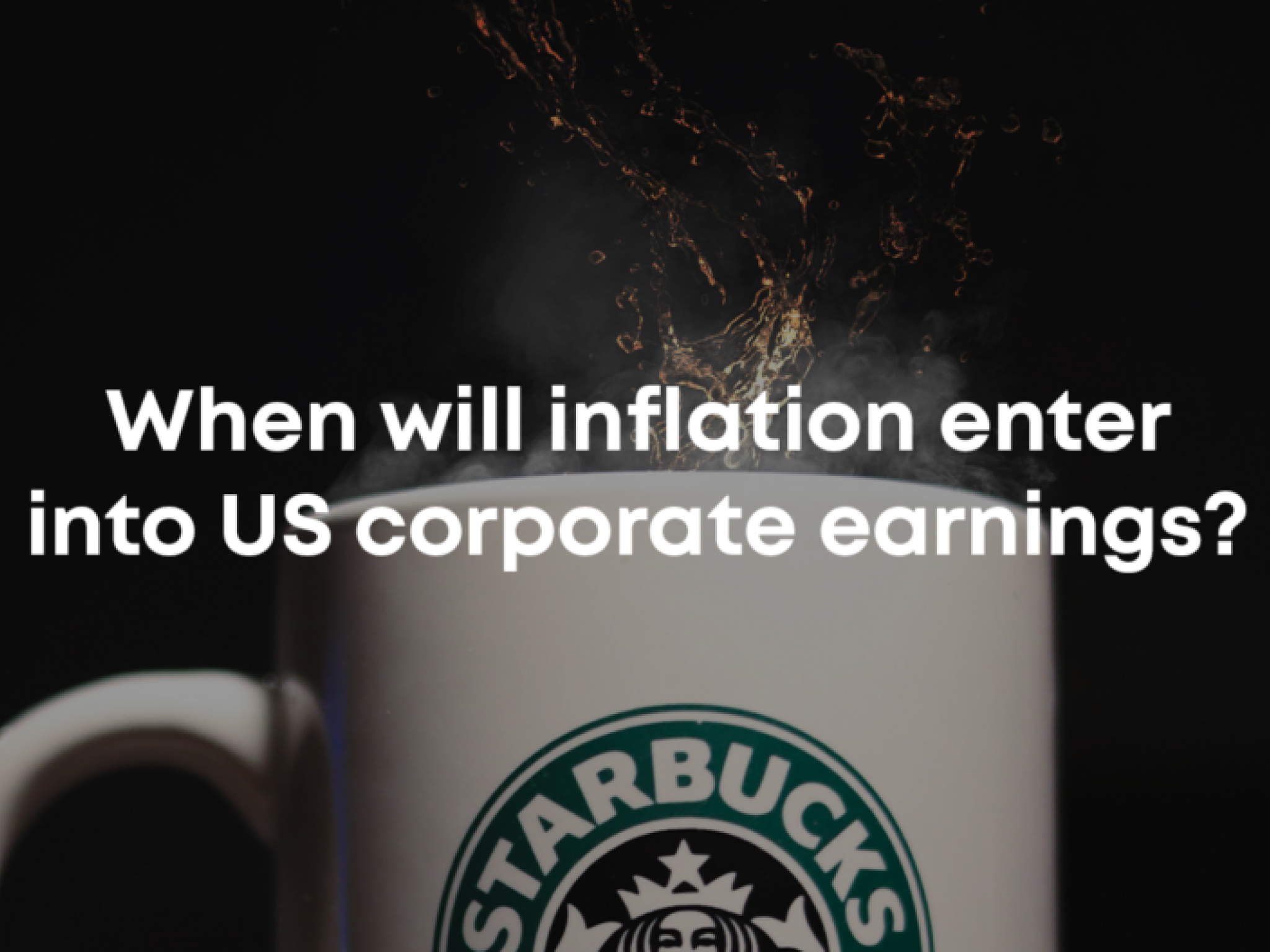
As US consumer inflation rose to a 40-year high in January, many financial watchers expect the US Federal Reserve to take a more hawkish stance this year to tame red-hot commodity prices and ease the financial pressure on American companies and their profitability.
Uncertainty over the impact of surging costs and the inflation trajectory has weighed on markets in the US and overseas, but some consumer companies in the US are taking advantage of this scenario to hike output costs — in levels not seen in nearly two decades since IHS Markit started tracking private-sector activity — in a bid to bolster profit margins.

US PPI
Passing rising costs to consumers
Data from the survey released last week showed that inflationary pressures worsened in February as input costs climbed from the 10-month low recorded in January on the back of higher raw material, transportation and wage costs, and supply constraints.
This prompted American manufacturers and service providers to hike their selling prices to help offset the costs. Starbucks (NASDAQ:SBUX) in its most recent earnings call, hinted at plans to further lift prices this year after already announcing adjustments in October and January.
Starbucks President and CEO Kevin Johnson attributed the move to inflationary pressures, particularly in its home market, which together with China accounts for 61% of its global store network. Johnson also noted the impact of high inflation, the lingering pandemic and higher wage costs to the company’s profitability in recent quarters.
In December, supply chain-driven inflationary costs weighed on Starbucks’ US business by more than 170 basis points on margin in its most recent quarter. The same goes for McDonald’s (NYSE:MCD), which also highlighted higher labor inflation in its recent earnings report.
In 2021, the US fast-food chain boosted its menu prices by 6%, which according to CFO Kevin Ozan was "to deal with the 4% commodity price increases,” higher labor costs and a competitive market. The executive acknowledged that these factors will again weigh on the company’s margins and cash flow this year.
Still, efforts to cover higher costs have resulted in higher revenues for companies like Starbucks, McDonald’s, and companies in the gaming sector.
Cashing in on pent-up consumer demand
Wynn Resorts (NASDAQ:WYNN) recently reported narrower losses in the fourth quarter as its revenue surpassed estimates after the casino operator continued to adjust its cost structure. CFO Craig Billings told a recent earnings call that customers who were cooped up for 2020 and early 2021 are now "traveling and spending again with a vengeance.”
The company expects to have "strong pricing power” on rooms, food, and beverage this year, Billings added.
With limited supply, a recovering labor market, and the unleashing of pent-up demand, consumers are looking past higher prices, allowing companies to further make upward price adjustments. In January, US retail sales rose by the most in 10 months, with the value of sales reaching a record high as consumers splurged on automobiles and other goods.







